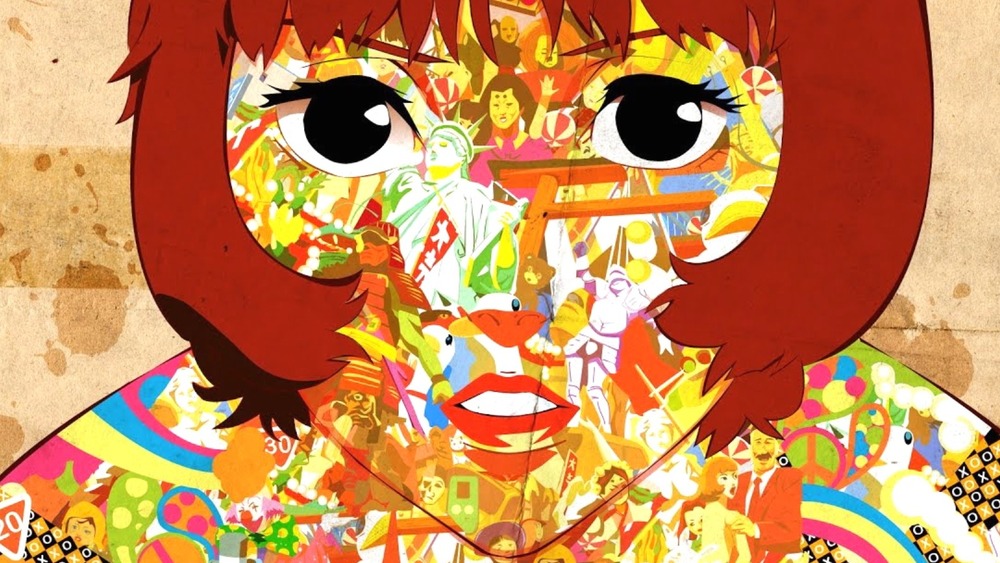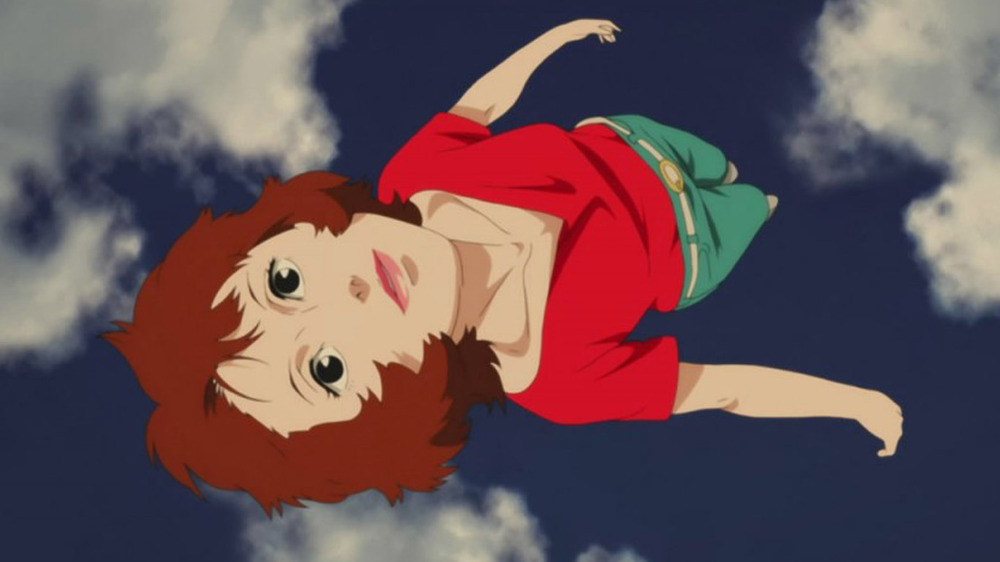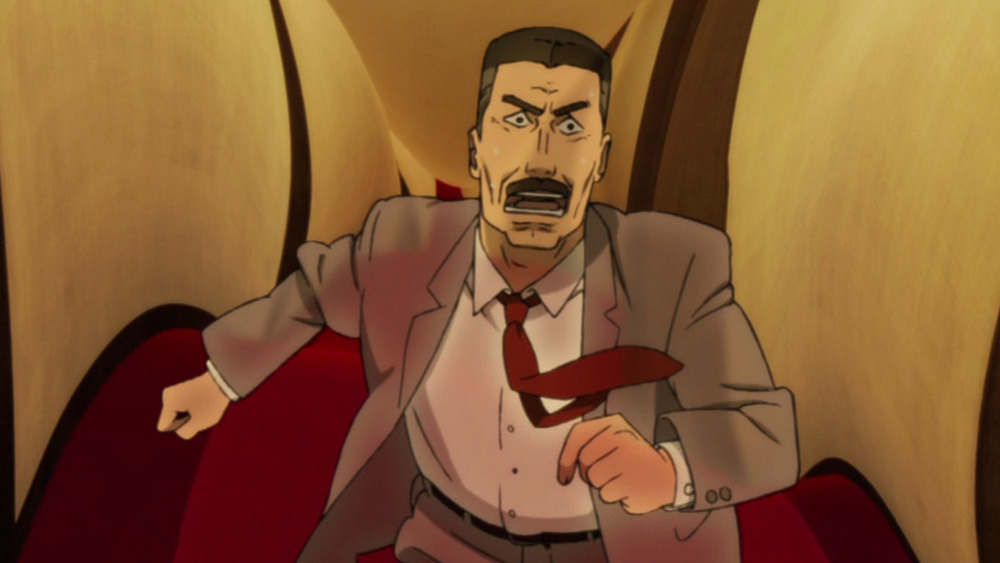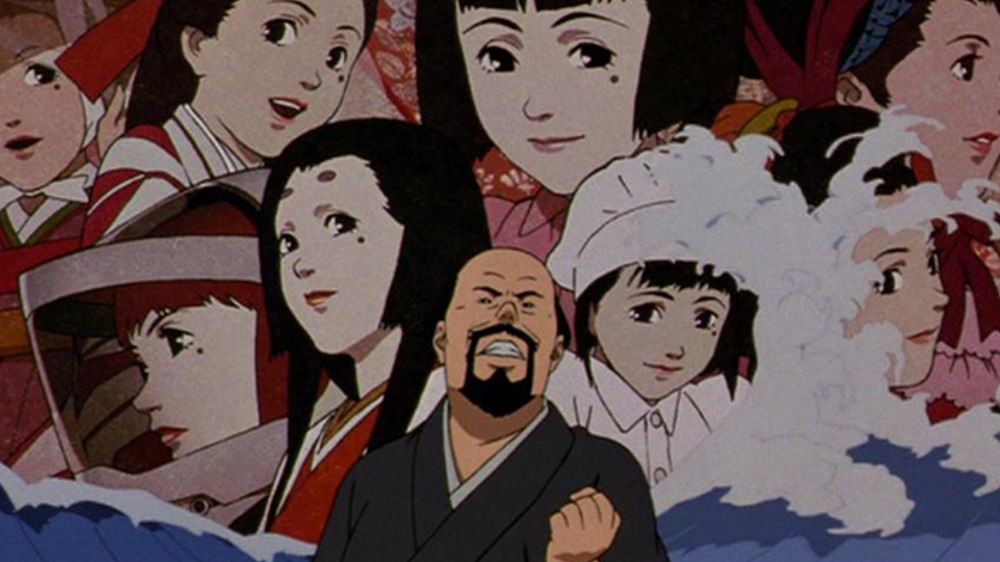The Ending Of Paprika Explained
The late Japanese director and manga artist Satoshi Kon was known for his use of surreal animated imagery as well as his borderline-incomprehensible plots. That lack of clarity was entirely by design, he told Screen Anarchy in 2006: "Movies that you can watch once and understand entirely — that is the type of movie that I don't really like. However, if you are able to understand 70 to 80 percent of what's being relayed, and there's still some percentage left that would allow for your own interpretation ... that's the type of movie that I do like."
Perhaps Kon's most perplexing work is his last feature-length film: Paprika, which debuted in 2006. Centering on a machine that allows people to experience the dreams of others, the anime is an exploding kaleidoscope of ideas and images. When the DC Mini machine falls into the wrong hands, one man tries to turn all of reality into one shared dream experience. That problem is solved ... somehow. Kon definitely wanted us to only understand, at most, 70 percent of Paprika's conclusion. It's just so much. With that in mind, let's take a deep dive into the ending.
Paprika is about blending dreams and reality
First, let's unpack the plot. What actually happens in Paprika is complicated by the fact that the entire movie is about the blending of dreams and reality. Scientists have created a device, the DC Mini, that lets psychotherapists experience the dreams of their patients. However, Chairman Inui steals the machine and uses it to try to make all of life one waking dream. Inui is disabled, but he can still walk in his dreams. Therefore, if he achieves his goal of transforming reality into a dream world, he'll have limitless power. The effects of the DC Mini also have the unfortunate byproduct of driving many people insane and causing a giant parade of dream junk to suddenly pop out.
Standing against Inui are Detective Toshimi Konakawa and his therapist, Dr. Atsuko Chiba. The latter has a shadow self, just like Inui, named Paprika. She and Dr. Chiba want to stay separate because Dr. Chiba hides all her emotions inside Paprika, but they integrate to save the world. Since this is anime, reconciling with your Jungian shadow self is represented by becoming a huge nude woman. Giant Chiba-prika is able to swallow — and thus defeat — Inui.
Paprika also explores moving past trauma
Detective Konakawa also deals with repressed trauma and heals himself through dreams. Before becoming a cop, Konakawa tried to make a movie with his best friend. He gave up on his big-screen dreams, but his friend was accepted into film school. Unfortunately, that friend died before he could create his cinematic masterpiece, and Konakawa blames himself for killing his own dream of making movies, which is why he keeps dreaming about shooting himself.
As dreams and reality merge, Paprika and the detective fall into Konakawa's recurring nightmare of chasing and killing a suspect that always turns out to be himself. Only, the last time they enter the nightmare, the fugitive is one of Inui's henchmen. Konakawa decides to finally "end this for good" and shoots the henchman in his dream. This kills the man in real life while simultaneously ridding Konakawa of the guilt he held for not pursuing a career in the arts. (If you haven't seen the film but this sounds familiar, that may be due to similarities between Paprika and Christopher Nolan's Inception. Some think he ripped off the anime for his 2010 movie about dreams.)
The recurring motif of the dream parade in Paprika may represent the way our subconscious can take over and create noise in our minds when we don't address our problems. Characters are subsumed into the parade when their consciousness is lost to dreaming. Only those who confront their dreams are able to come out of them.
Paprika is a perfect cap on Satoshi Kon's entire body of work
The majority of Kon's work deals with dreams, movies, the way movies are dreamlike, and how both dreams and movies reflect different aspects of the self. Perfect Blue, Kon's debut as an auteur and one of the most terrifying anime ever, came out in 1998. It centers on Mima Kirigoe, a Japanese pop idol anxious about moving away from her squeaky-clean image. Her past self seems to stalk the real woman, and plot elements from the dark and edgy movie she's filming seem to happen in real life. Meanwhile, 2001's Millennium Actress (pictured above) tells the story of an actress whose movie roles start blending into her real biography. In both movies, the self is refracted through pop culture.
Kon's 2004 miniseries Paranoia Agent again focuses on themes of reality and fiction blurring. The show follows different people who are impacted by the kawaii mascot Maromi and the urban legend Lil' Slugger. Both characters are brought into the real world through fiction and are spawned from repressed trauma.
Now considered a classic of the anime genre, Paprika is perhaps Kon's most optimistic meditation on dreams and the self. As Colossus points out, the film puts its veritable thesis statement into the mouth of a dream character. After Konakawa apologizes to the dream version of his best friend for giving up on moviemaking, his friend immediately forgives him. "You didn't do anything wrong," he says. "You just lived out our movie in real life. That's why you became a cop. It's truth that came from fiction. Always remember that."
Kon viewed dreams and fiction as a way to discover truth. By expressing our subconscious via art, we can give order to the junk parade in our minds, come to terms with our shadow selves, and ultimately speak our truths — even if they only make sense 70 to 80 percent of the time.



